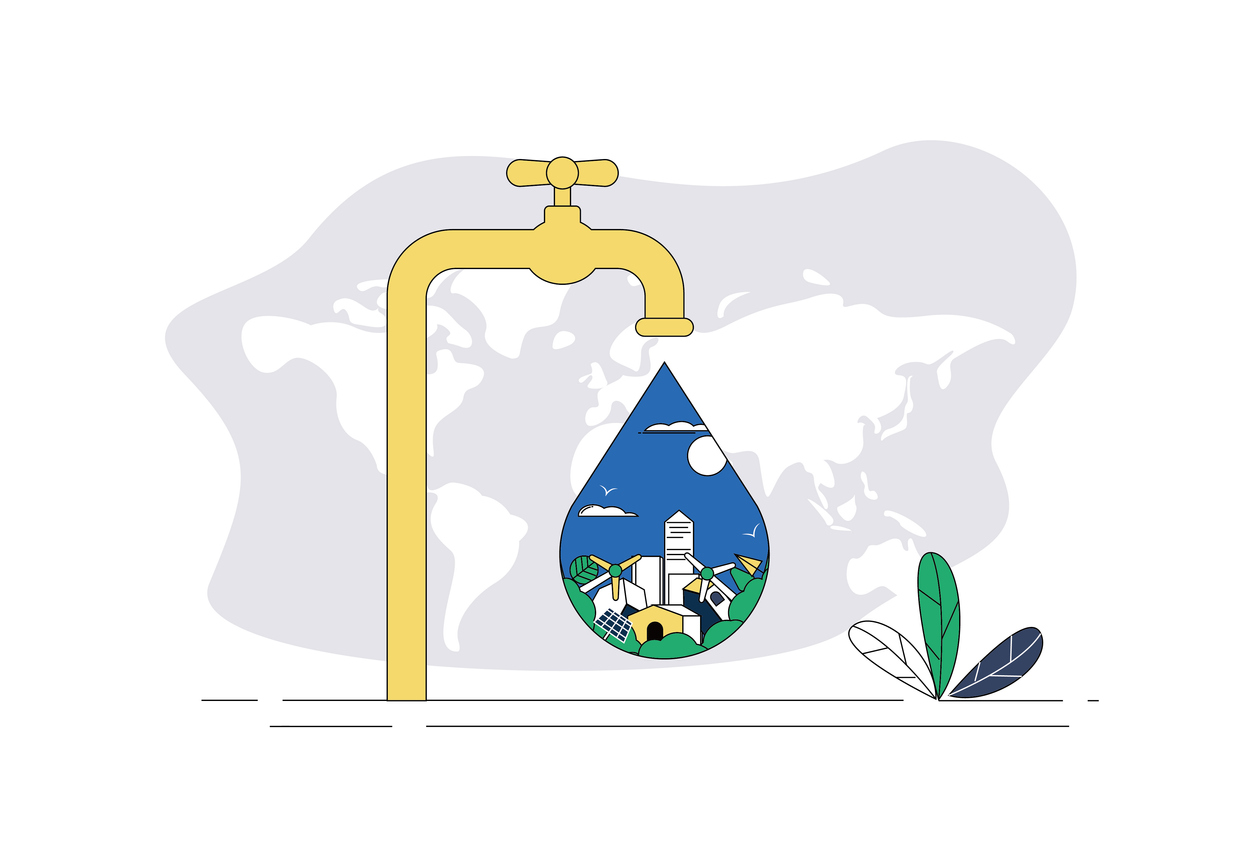The city’s growth has led to pollution of water bodies, felling of thousands of trees, and large-scale conversion of open areas.

Representational image. (iStock)
Bengaluru’s economic growth has had a major impact on its ecosystems and biodiversity. The city was once known for its tree-lined wide avenues, historic parks, and expansive water bodies. The influx of growth has led to the encroachment and pollution of water bodies, the felling of thousands of trees, and the large-scale conversion of open areas, valleys, and croplands into commercial, industrial, and residential areas.
Some of the ill-effects of this phenomenal population growth due to natural causes, migration, and urban expansion are deterioration of biodiversity, water scarcity, and epidemics, consequent impacts on human health and well-being, decrease in vegetation cover, development of slums, unplanned growth, pressure on the infrastructure of water supply and sewerage, garbage disposal, traffic jams, urban flooding, air and water pollution, etc.
Today, Garden City faces one of the worst summers with an acute water problem.
The city normally receives around 900 mm of rainfall, but between 2020 and 2022, it received more than 1,200 mm, with almost 2,000 mm in 2022. But in 2023, the rain was only around 700 mm. It was inadequate and poorly distributed, especially in November and December when there was no rain or less rain.
No rain has fallen since the first week of December 2023, causing a serious water crisis. The city usually faces shortages in summer, but this year, due to a shortage of rain and the unusually hot sun, the problem is severe. Rapid urbanization gulping lakes, valleys, streams, and trees has increased impervious layers, reduced water storage, and reduced groundwater recharge.
The exponential increase in population is putting pressure on the water supply, both from River Kaveri and groundwater. The early hot summer has increased evaporation and water loss.
In addition, Karnataka is also facing severe drought due to inadequate rainfall, increased water demand, and an unusually hot summer.
We can manage the situation by adopting suitable measures. Harvesting rain is one important step to be taken at all levels. Each individual house, apartment, office, educational institution, industry, and commercial complex can harvest roof water and use it for daily needs and for recharging groundwater. It will greatly help address the water shortage, but as of now, very few have adopted roof-water harvesting.
Further, rainwater could be harvested from open areas (other than built areas) in houses, apartments, offices, educational institutions, industries, commercial complexes, parks, playgrounds, roads, metro, etc., and can be used for gardening and recharging groundwater and filling lakes.
We have lost many lakes in the city, so the city gets flooded during rain. Existing lakes must be de-silted and connected with other lakes and streams/raja caluves (desilting and removing encroachment from raja caluves is a must) to store rainwater for use during summer. Care must be taken not to contaminate the lake water with waste/sewage. For sustained water availability, we must protect lakes, streams, trees, and valleys in all cities, towns and villages.
One important source of water that needs to be harnessed fully is wastewater and/or sewage water. Nearly 80-85 percent of water supplied to the city is becoming waste water. Efforts are already underway by the government, institutions, and apartment complexes to use this. Sewage treatment plants have been set up across the city, and treated water is being used for filling tanks in the Kolar and Chikkaballapur Districts.
Plans are also in place to fill tanks in the Bengaluru Rural District and Anekal Taluk. Many institutions, organizations, and apartments are using treated wastewater. Still, there is scope to increase the use of this water for construction, gardening, etc. Sewage in other cities and towns across the state could be treated and reused.
The interlinking of rivers like Brahmaputra, Ganga, Mahanadi, Godavari, Krishna, Pennar, and Kaveri has been discussed for a long time. It is now time to at least link Krishna to Kaveri to transfer surplus/flood water during the rainy season and overcome crises during the lean period.
Karnataka has a long coast. Desalinization plants need to be set up in coastal areas, and freshwater must be pumped beyond the Western Ghats into the plains of Karnataka to quench the thirst of people facing water scarcity.
To save water, people must adopt water-saving habits (as simple as using wet cloth instead of pipe water for cleaning bikes or cars). The government is taking measures to manage the water crisis, and with the involvement of people, the crisis can be overcome. But we need to implement long-term measures as listed above, too.
Clouds are there over the Indian Ocean and the Bay of Bengal; I hope it will bring the much-required rain soon.
(The writer is a Geospatial Scientist with over thirty years of experience in ISRO working on water resources, environment, geology, and other fields. Views are personal.)

Jul 26, 2024

Jul 21, 2024

Jul 20, 2024

Jul 20, 2024

Jul 19, 2024

Jul 18, 2024